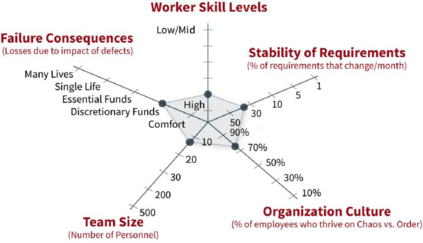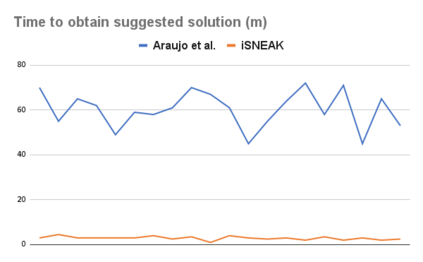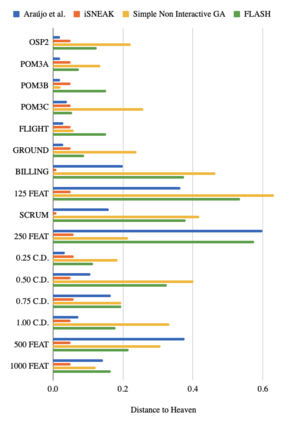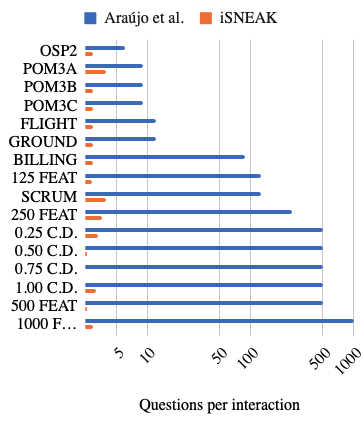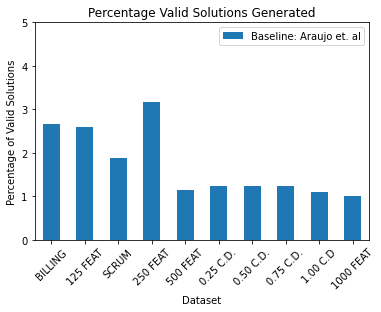Model-based reasoning is becoming increasingly common in software engineering. The process of building and analyzing models helps stakeholders to understand the ramifications of their software decisions. But complex models can confuse and overwhelm stakeholders when these models have too many candidate solutions. We argue here that a technique based on partial orderings lets humans find acceptable solutions via a binary chop needing $O(log(N))$ queries (or less). This paper checks the value of this approach via the iSNEAK partial ordering tool. Pre-experimentally, we were concerned that (a)~our automated methods might produce models that were unacceptable to humans; and that (b)~our human-in-the-loop methods might actual overlooking significant optimizations. Hence, we checked the acceptability of the solutions found by iSNEAK via a human-in-the-loop double-blind evaluation study of 20 Brazilian programmers. We also checked if iSNEAK misses significant optimizations (in a corpus of 16 SE models of size ranging up to 1000 attributes by comparing it against two rival technologies (the genetic algorithms preferred by the interactive search-based SE community; and the sequential model optimizers developed by the SE configuration community~\citep{flash_vivek}). iSNEAK 's solutions were found to be human acceptable (and those solutions took far less time to generate, with far fewer questions to any stakeholder). Significantly, our methods work well even for multi-objective models with competing goals (in this work we explore models with four to five goals). These results motivate more work on partial ordering for many-goal model-based problems.
翻译:暂无翻译


